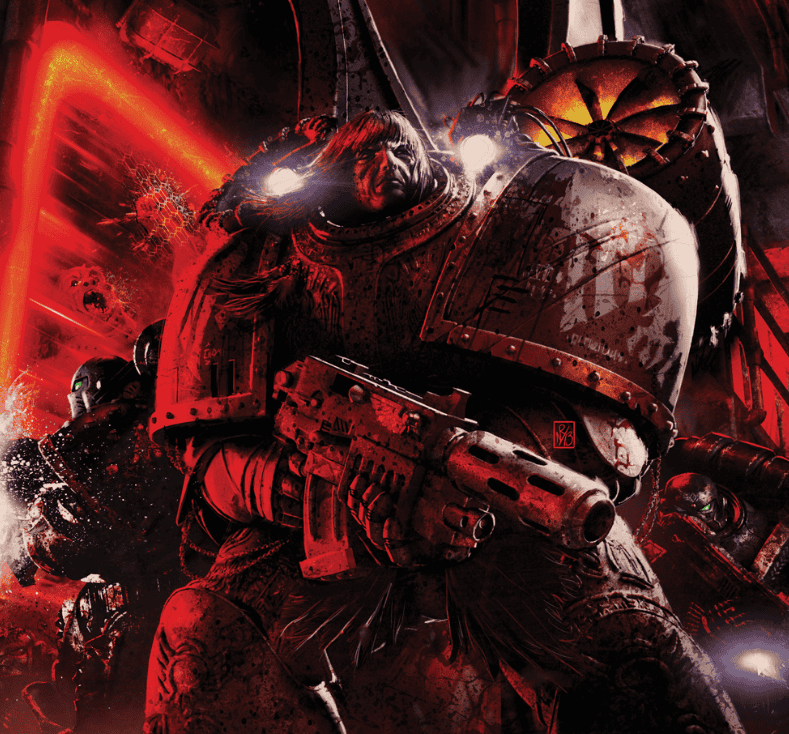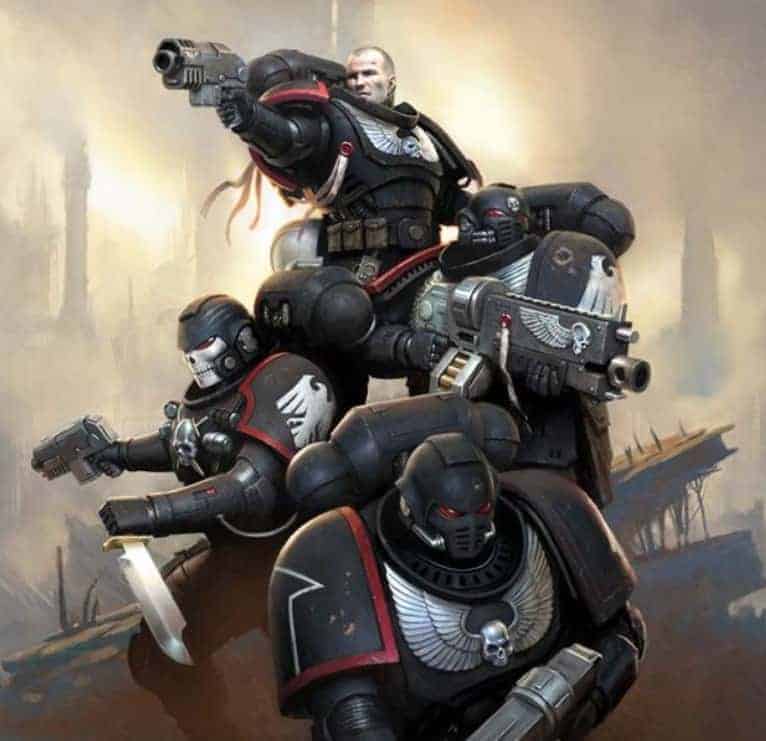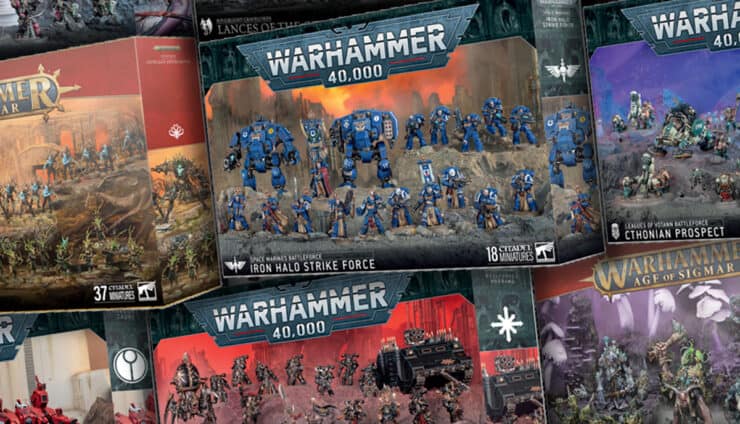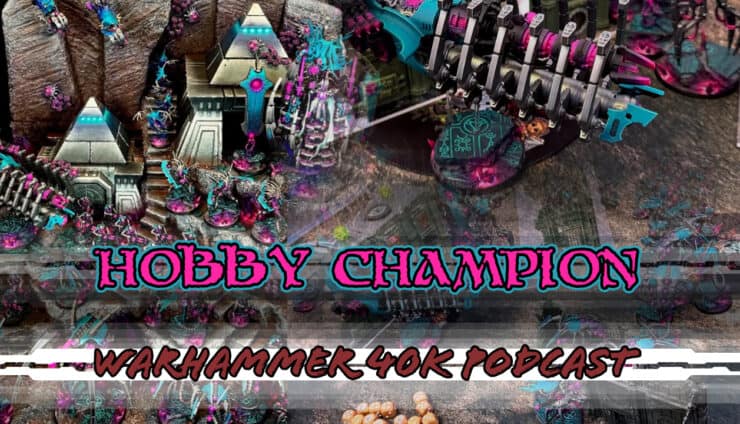Don’t miss the rise and fall of Corvus Corax in 40k—how the Raven Guard primarch went from deliverance to despair, and if he died or not!
Updated on May 27, 2025, by Rob Baer with new information and links about the transformation of Corvus Corax.
Corvus Corax isn’t your typical Primarch. He’s a master of stealth, a symbol of resilience, and a tragic figure wrapped in mystery. From his early days on the mining world of Deliverance to the crushing weight of betrayal and loss, his story is packed with triumph, heartache, and a relentless struggle against the odds.
The Raven Guard’s leader wasn’t just another warrior in the Emperor’s grand vision—he was the embodiment of hope for those who thrived in the shadows.
But things didn’t exactly go according to plan. A brutal betrayal, a desperate fight for survival, and an ending that still leaves fans wondering—Corax’s journey is anything but ordinary.
So what really happened to the Primarch, who could strike from the darkness and vanish just as quickly? Stick around because his story is one you won’t want to miss.
Loyal Shadow or Something Darker?
Transformation and Fall
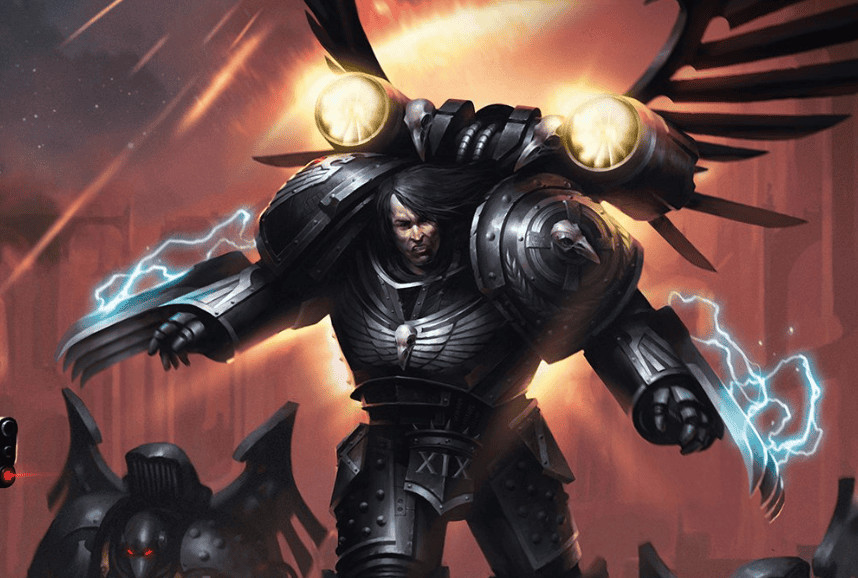
Using forbidden technology to accelerate the creation of new Space Marines, he ended up producing monstrous warriors that were more nightmare than savior. Regret hit hard, and guilt drove him to seek redemption in a way only he could—by vanishing into the void and hunting down the traitorous Heretic Astartes.
The mystery around his disappearance sparks endless debates. Many wonder, “Corvus Corax, does he die?” The answer isn’t simple. Instead of dying, he slipped into the shadows of the Warp, stalking his enemies like a ghost of vengeance.
This has led to wild theories about his transformation, with whispers of Corvus Corax’s warp form lurking in the darkest corners of Warhammer 40k lore. Some even speculate that his relentless pursuit of justice might have turned him into something… less than human.
Corvus Corax’s Warp Form
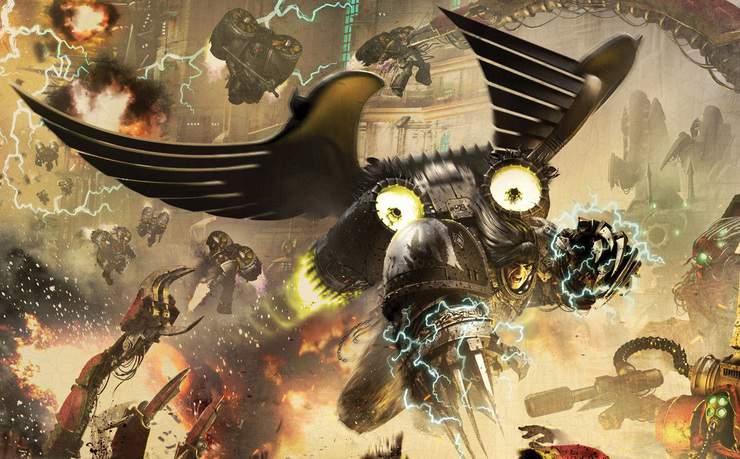 Corvus Corax has always been a figure lurking in the shadows, but whispers across the Warhammer universe suggest he might have taken things to an entirely new level—something far darker than anyone expected.
Corvus Corax has always been a figure lurking in the shadows, but whispers across the Warhammer universe suggest he might have taken things to an entirely new level—something far darker than anyone expected.
After the devastation of the Horus Heresy and the destruction of his beloved Raven Guard, Corax disappeared into the Warp, hunting down the traitors with a single-minded obsession. But what happens when you spend too much time in the Immaterium? The Warp doesn’t exactly send you back with a thank-you card and a souvenir mug. It changes you.
Speculation runs wild about what Corax has become after years of pursuing vengeance in the darkest corners of the Warp. Some say he’s become more shadow than man, slipping between dimensions, striking with a vengeance so swift that even Chaos forces struggle to track him.
Others believe his thirst for justice may have led him down a far more sinister path—dabbling in the powers of the Warp to fuel his relentless pursuit of the Heretic Astartes. The possibility of a Corvus Corax demon form is both exciting and a little terrifying. If the once-loyal Primarch has embraced the darkness, even in a misguided attempt to bring justice, what does that mean for his legacy?
Books like Deliverance Lost provide glimpses of his internal struggle, but they leave more questions than answers. Fans continue to speculate, wondering if Corax’s transformation has made him the very thing he once despised—a creature shaped by the darkness he fought against for so long.
Corvus Corax as a Demon
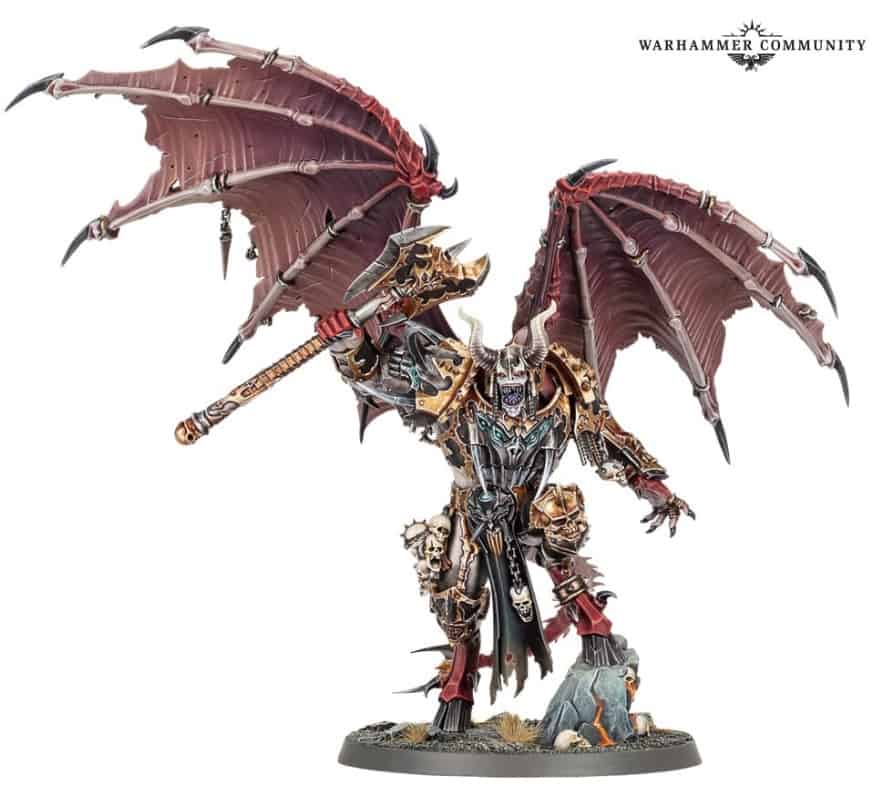
Facing off against his dark rival, Konrad Curze, Corax was always fighting to stay on the right side of the line between justice and vengeance. But what if that line eventually blurred? Did his hatred for traitors push him into making a deal with the very forces he once fought against? If whispers of a Corvus Corax 40k daemon are to be believed, then the once-proud Raven Guard Primarch might not be fighting for the Emperor anymore—but against him.
Even with all the rumors swirling around his fate, one thing remains constant: his story isn’t over yet. The Warhammer 40k universe has a habit of bringing characters back in ways no one expects, and Corax might just have the most shocking return of all
Deliverance Lost
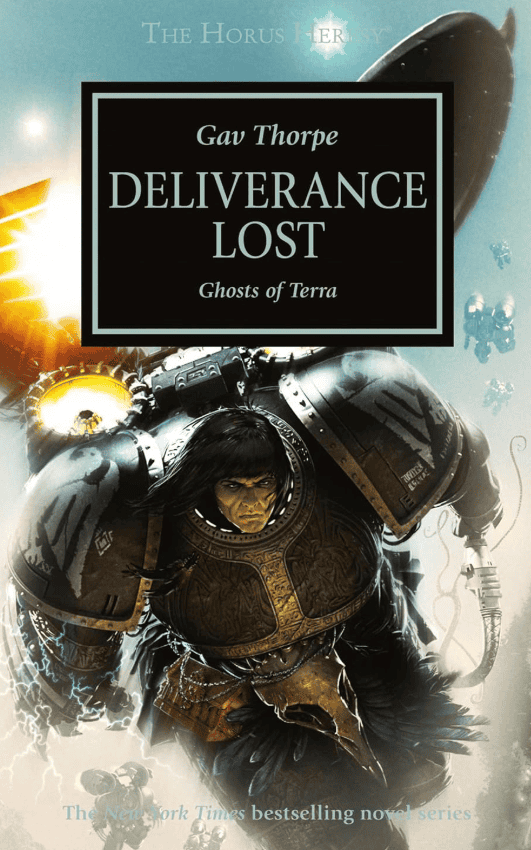
Set during the aftermath of the Horus Heresy, the story follows Corvus Corax as he tries to rebuild his shattered Legion while dealing with betrayals, desperation, and the looming shadow of the traitorous Heretic Astartes. The book provides crucial insights into the Raven Guard Primarch’s mindset as he battles the weight of failure and the pressure to restore his warriors.
Understanding the Book’s Significance
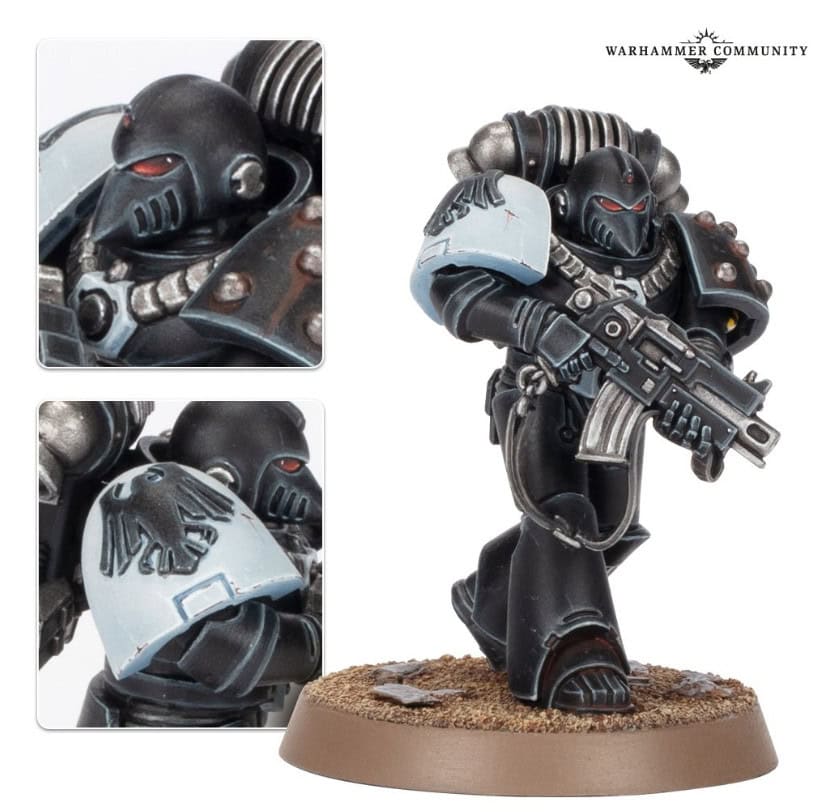
Turning to forbidden genetic technology, he attempted to accelerate the creation of new Adeptus Astartes. It didn’t go as planned. The results were monstrous, leading to one of the most tragic decisions in his storied career.
The book introduces some compelling themes, including the constant struggle between morality and necessity. Corvus Corax’s choices highlight the internal conflict of a leader who wants to do what’s right but is forced into impossible situations.
Betrayal is another recurring element, with the Emperor’s Children lurking in the shadows, ready to exploit every weakness. The paranoia and mistrust within the Legion XIII compound Corax’s difficulties, making every step forward feel like a potential misstep.
Key Events and Themes
One of the most intriguing questions that fans keep asking is, “Corvus Corax, does he die?” While the book doesn’t provide a clear answer, it does hint at his growing isolation and eventual disappearance. His pursuit of justice takes a darker turn, with whispers of Corvus Corax’s warp form emerging. Some theories suggest that his transformation into a relentless shadow might have deeper consequences than anyone imagined.
Fans of Warhammer 40k Corvus Corax content will find plenty to dissect in Deliverance Lost. Whether it’s the depiction of the 40k Corvus Corax model, the haunting Corvus Corax art, or the hints about his fate, the book offers a gripping look at one of the most enigmatic Primarchs in the Warhammer universe.
Origins
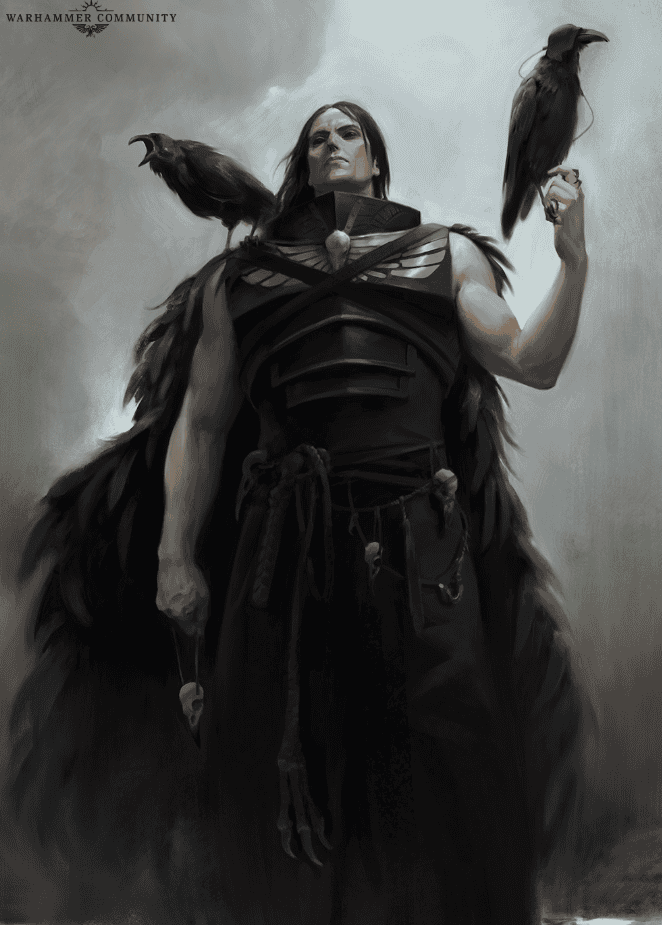
Life on Lycaeus wasn’t just about survival—it was about enduring and resisting a system designed to crush spirits. It didn’t take long for him to rise as a leader among the oppressed, leading a full-scale uprising that freed the enslaved miners and toppled the tyrants ruling over them.
Life on Lycaeus
Growing up in the mines and factories of Lycaeus, Corax learned quickly that strength wasn’t always about brute force. Patience, precision, and striking at the right moment were what truly mattered. He spent years watching, learning, and waiting—until the moment was right to rise up against the overseers. And when he did, it wasn’t some loud, chaotic rebellion.
It was calculated, swift, and brutally effective. The guards barely knew what hit them before Corax and his fellow prisoners seized control.
Word of his uprising eventually reached the Emperor, who—always having a knack for finding his lost sons—showed up to claim him. Corax didn’t bow or gush with admiration; he simply accepted his place and took command of the Raven Guard without hesitation.
Leadership wasn’t a new concept for him. After all, leading a bunch of ragtag prisoners to victory against their oppressors was probably tougher than managing a Legion of genetically enhanced warriors.
Rise as Raven Guard Primarch
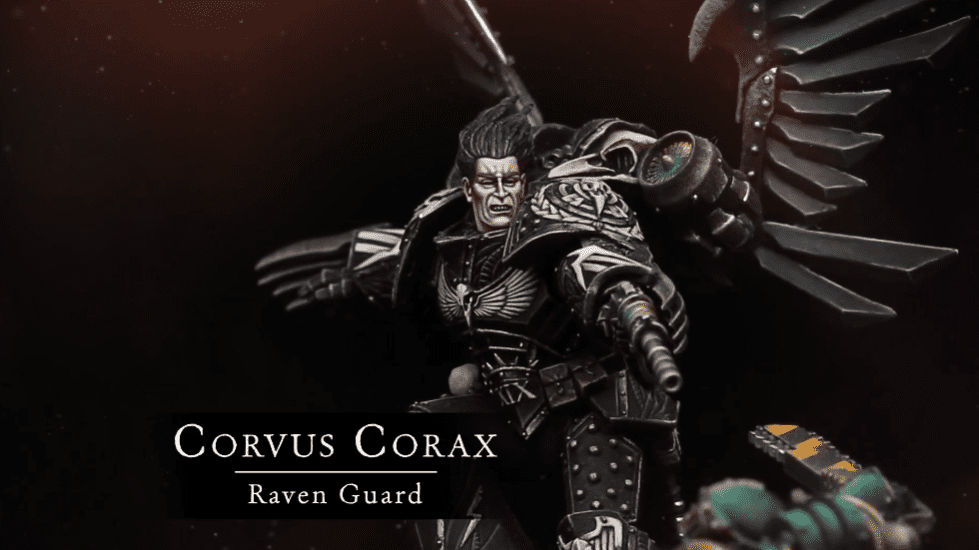
Corax never believed in grandstanding or unnecessary violence; he preferred his Adeptus Astartes to be ghosts on the battlefield, appearing where they were least expected and leaving devastation in their wake.
The Great Crusade

As the leader of the Raven Guard, his approach to warfare stood apart from his brothers. Instead of brute force and overwhelming numbers, his strategy relied on stealth, sabotage, and striking the enemy where they least expected. The Adeptus Astartes under his command became masters of infiltration, making the Raven Guard a force to be feared in the shadows.
Command of Adeptus Astartes
During the Great Crusade, Corax led countless campaigns, often operating behind enemy lines to disrupt supply chains and dismantle resistance before it could gain traction. Whether it was suppressing rebellious systems or rooting out hidden threats to the Imperium, his tactics were as effective as they were ruthless.
The Legion XIII and other allies respected his strategic brilliance, while enemies dreaded the idea of facing Adeptus Astartes that could appear from the darkness and disappear just as quickly.
The Horus Heresy
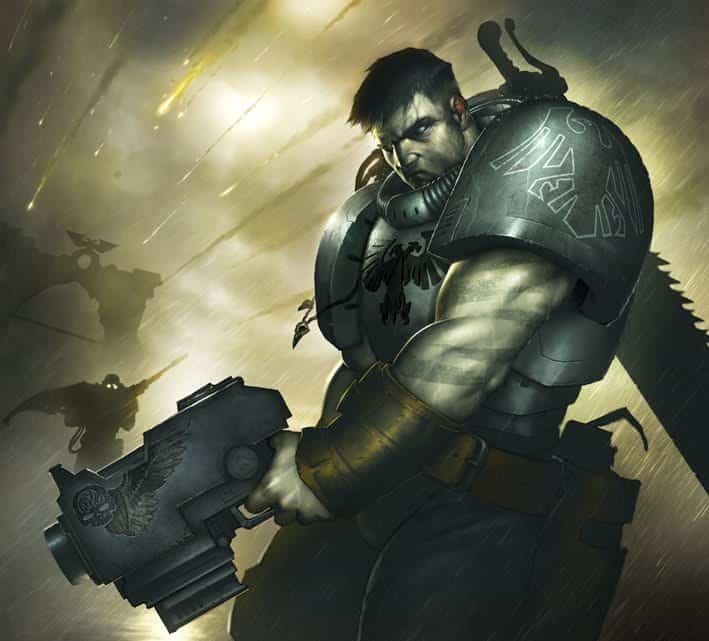
The Raven Guard, known for their surgical precision and stealth tactics, were thrown into one of the most disastrous events in their history—the Drop Site Massacre. What was meant to be a coordinated strike against the traitors became a slaughter, leaving the Legion in ruins and Corvus Corax grappling with the weight of failure.
Relationship with Emperor’s Children
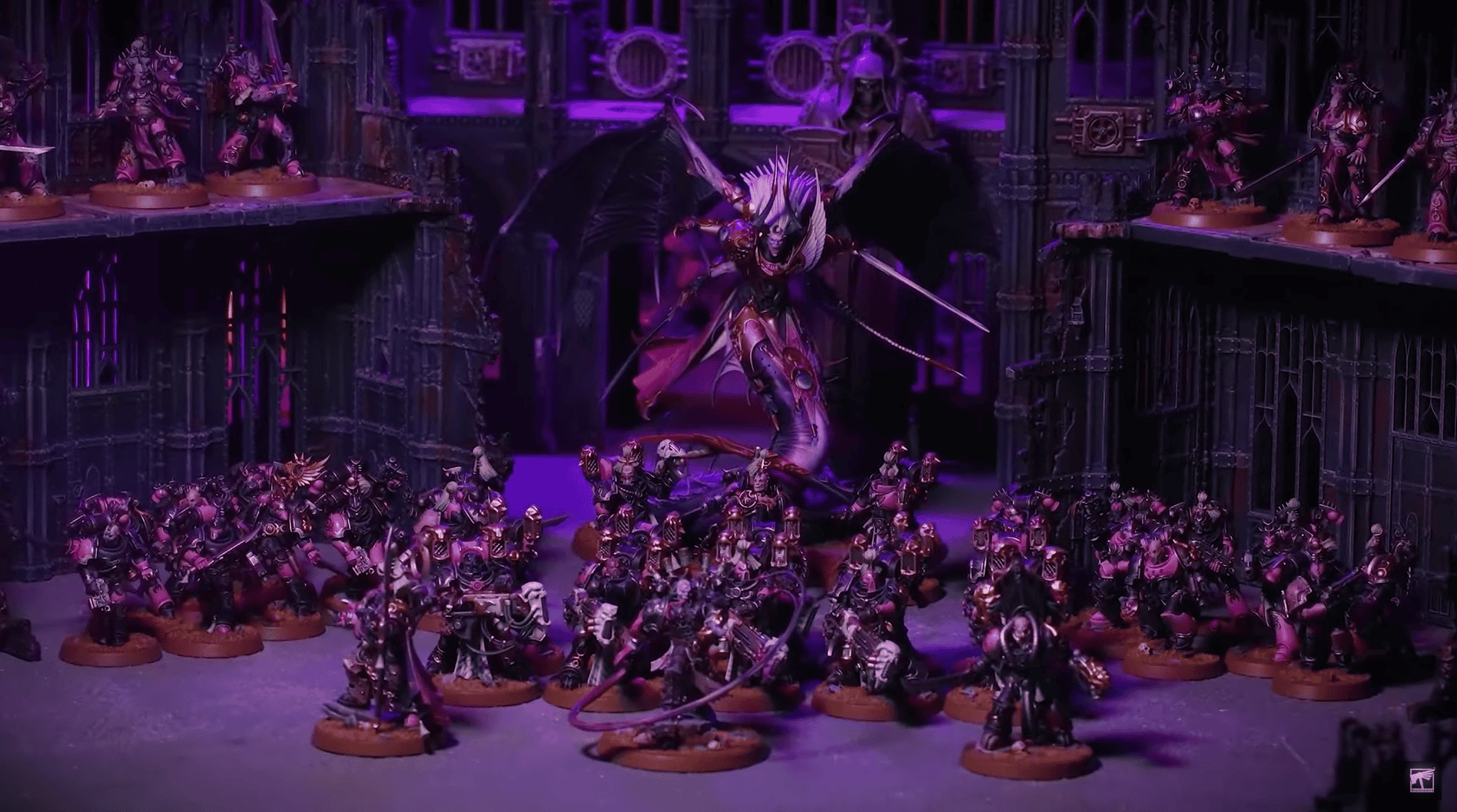
The clashes between these two Legions weren’t just physical; they were ideological, with Corvus Corax standing as the antithesis to the corruption and decadence that fueled the Emperor’s Children.
What Happened to the Legion
Faced with staggering losses, Corvus Corax, as the Primarch of the Raven Guard, sought drastic solutions to rebuild his forces. Genetic experimentation promised to replenish his numbers, but the results were less than ideal.
The experiments led to horrifying mutations, a far cry from the disciplined and stealthy warriors he once commanded. The guilt of these failed creations weighed heavily on him, pushing him further into isolation and self-doubt.
Speculation continues to swirl about his fate. The question “Corvus Corax, does he die?” remains unanswered, adding to his legend. Some believe his obsession with revenge drove him to embrace darker powers, with whispers of Corvus Corax’s warp form lurking in the shadows.
The ongoing rivalry of Corvus Corax vs Konrad Curze adds even more intrigue to his story, making his legacy one of mystery and tragedy in Warhammer 40k.
The Legacy of Corvus Corax
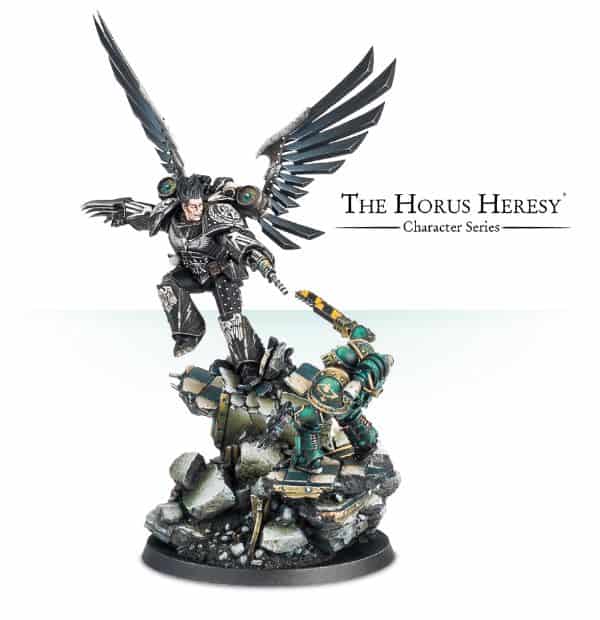
The influence of his methods can be seen in Legion XIII, where his strategic insights shaped their approach to hit-and-run tactics and surgical strikes. While some Primarchs sought glory on the battlefield, Corax understood the power of patience and precision (some might say, similar to the Alpha Legion), values that still resonate within the Imperium’s military doctrine.
Influence on Legion XIII and Heretic Astartes
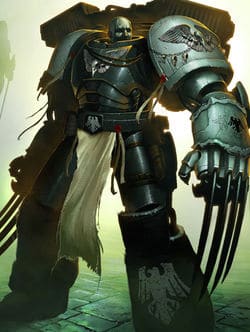
This ongoing rivalry fueled countless battles, with Corvus Corax vs Konrad Curze of the Night Lords standing out as one of the most intense conflicts of the Horus Heresy. Their duels weren’t just physical but represented two opposing philosophies—order against chaos, restraint against indulgence.
Cultural Impact and Art Depictions
Beyond the battlefield, Corvus Corax has inspired countless artistic depictions. From striking Corvus Corax art that captures his brooding presence to the highly detailed model that brings his legend to life, his influence stretches far beyond the pages of Warhammer 40k books (and plenty of people trying to figure out if he died in the warp or not).
Whether it’s his tragic story in Deliverance Lost or the mystery surrounding his disappearance, his character remains a favorite among fans and collectors alike.
Final Thoughts on the Mystery of Corvus Corax

Despite his loyalty to the Emperor, things didn’t exactly go smoothly. The Drop Site Massacre left his Legion shattered, forcing him to take drastic measures to rebuild. That decision haunted him, leading to his eventual disappearance into the shadows.
FAQs
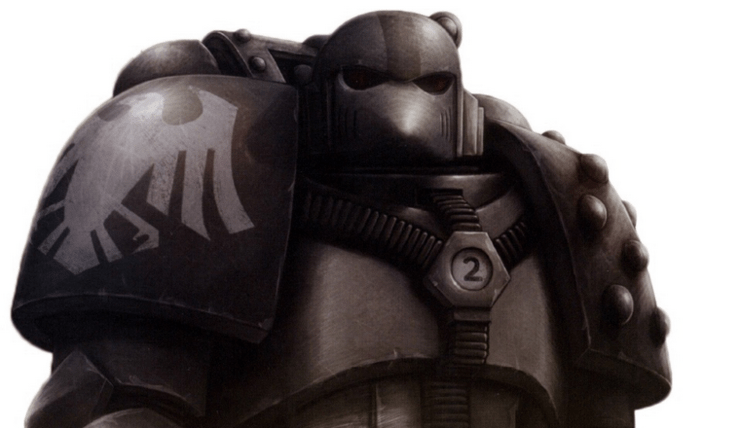
The most common question for Corvus Corax is, does he die? Corvus Corax disappeared into the Warp after the Horus Heresy, hunting down the traitors. His current fate remains unknown, with speculation about him taking on a darker form.
Who is the strongest Primarch in Warhammer 40k?
The strongest Primarch is often debated, with names like Horus and Roboute Guilliman leading the discussion. Corax, while not the most physically powerful, was an unmatched strategist, master of stealth warfare, and perfect as the Raven Guard Primarch.
Is Corvus Corax loyal in Warhammer 40k?
Yes, Corvus Corax remained loyal to the Emperor despite the hardships and betrayals he faced during and after the Horus Heresy.
What nationality is Corvus Corax?
Warhammer lore doesn’t assign specific nationalities, but Corax’s character embodies themes of rebellion, justice, and leadership, making him a relatable figure across cultures. There is also the Corvus Warhammer, which is an avian-style weapon that sadly does not indicate any nationality.
Ongoing Mysteries: Corvus Corax’s Fate

Others speculate that his time in the Warp has transformed him into something darker, with whispers of Corvus Corax’s warp form or even rumors of him becoming a Corvus Corax demon. Despite these speculations, his legacy as a loyal son of the Emperor remains intact.
Whether it’s his depiction in Corvus Corax art, the detailed Corvus Corax model, or the legendary events of Deliverance Lost, his story continues to intrigue Warhammer fans across the galaxy.
Learn More About the Raven Guard Here!
What do you about Corvus Corax, the Raven Guard Primarch, the Adeptus Astartes, his Daemon form, whether he died or not, and where he is?
